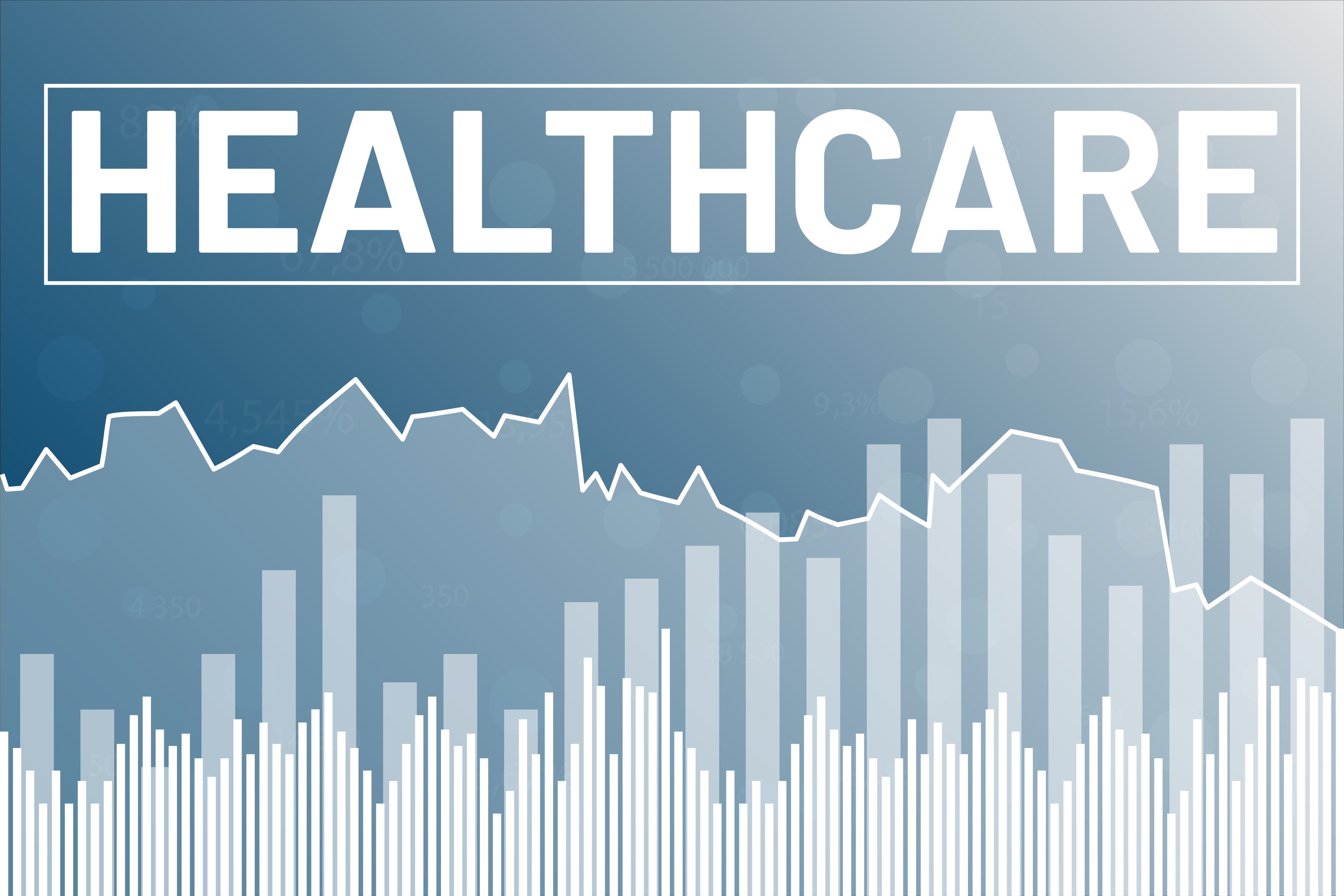Healthcare Market Grows Despite Obstacles
The healthcare industry is still growing, despite the economic recession and struggles faced by many families, hospitals and insurers alike. In fact, it's estimated that healthcare...
The healthcare industry is one of the most vital and complex sectors of our economy. Healthcare professionals, including physicians, play a critical role in maintaining the well-being of our society. Unfortunately, the distribution models in healthcare have some flaws that are causing an increase in physician burnout. This is a serious issue that needs to be addressed and solved as soon as possible.
Physician burnout is a state of emotional, physical, and mental exhaustion caused by prolonged and excessive stress. This stress can come from a variety of sources, including long working hours, heavy patient loads, and administrative burdens. Burnout can lead to a range of negative outcomes, including reduced job satisfaction, increased medical errors, and even a higher risk of suicide among physicians.
One of the primary causes of physician burnout is the flawed distribution models in healthcare. These models are designed to optimize efficiency and cost-effectiveness, but they often fail to take into account the human element of healthcare. As a result, physicians are often overworked, underpaid, and undervalued, leading to burnout and other negative outcomes.
The fee-for-service model is one of the most common distribution models in healthcare. In this model, physicians are paid based on the number of services they provide to patients. While this model can be effective in some cases, it often leads to overutilization of services and unnecessary medical procedures. This can lead to burnout as physicians struggle to keep up with the demand for services.
The capitation model is another common distribution model in healthcare. In this model, physicians are paid a set amount per patient per month, regardless of the number of services provided. While this model can help control costs, it often leads to underutilization of services and inadequate care for patients. This can lead to burnout as physicians struggle to provide adequate care with limited resources.
The value-based model is a newer distribution model in healthcare that focuses on quality of care rather than quantity of services provided. In this model, physicians are incentivized to provide high-quality care that results in positive patient outcomes. While this model has the potential to reduce burnout by allowing physicians to focus on patient care rather than administrative tasks, it is still in the early stages of implementation and has not yet been widely adopted.
To address the issue of physician burnout caused by flawed distribution models, several solutions have been proposed. These include:
One of the primary sources of stress for physicians is the administrative burden of healthcare. Physicians spend a significant amount of time on paperwork, electronic medical records, and other administrative tasks that take away from patient care. By reducing these burdens, physicians can focus more on patient care and reduce burnout.
Improving payment models can also help reduce physician burnout. By moving away from fee-for-service and capitation models and toward value-based models, physicians can be incentivized to provide high-quality care that results in positive patient outcomes. This can help reduce burnout by allowing physicians to focus on patient care rather than administrative tasks.
Finally, providing support and resources to physicians can help reduce burnout. This can include access to mental health services, peer support groups, and training on stress management and resilience. By providing these resources, physicians can better cope with the stress of their jobs and reduce burnout.
Physician burnout is a serious issue that needs to be addressed and solved as soon as possible. Flawed distribution models in healthcare are a major contributor to burnout among physicians, but there are solutions available. By reducing administrative burdens, improving payment models, and providing support and resources, we can help reduce burnout and improve the well-being of our healthcare professionals.
Med X can be a key resource to assist in staying ahead of issues relating to physician burnout. Contact us for consultation on distribution models, feedback from physicians on different models, and building locum tenens resources to help support the permanent physicians your patients rely on.
Lorem ipsum dolor sit amet consectetur, adipisicing elit. Ipsa libero labore natus atque, ducimus sed.

medical, locum tenens, physicians, cost, finance, physician compensation
The healthcare industry is still growing, despite the economic recession and struggles faced by many families, hospitals and insurers alike. In fact, it's estimated that healthcare...